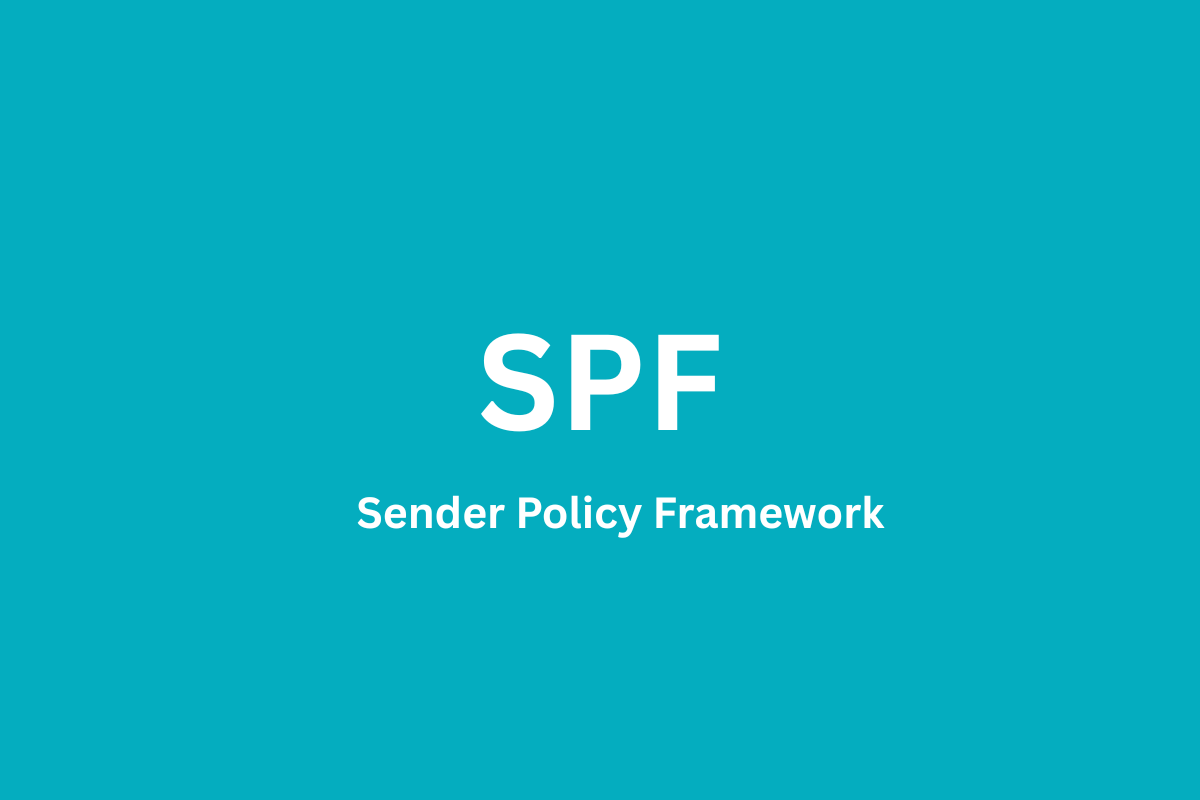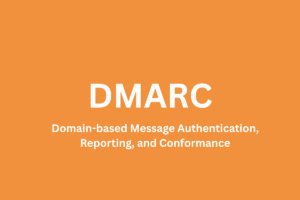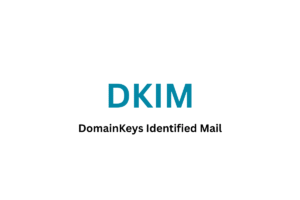What Is SPF?
SPF (Sender Policy Framework) is an email authentication protocol that allows domain owners to specify which mail servers are permitted to send emails on their behalf. It uses a DNS TXT record to define authorized IP addresses or services like Google Workspace, Brevo, Mailgun, etc.
Why Is SPF Important?
- Prevents Email Spoofing: Ensures that only authorized servers can send emails using your domain.
- Improves Deliverability: Helps your emails get delivered to inboxes instead of spam.
- Works with DKIM and DMARC: Completes your domain’s email security setup.
How Does SPF Work?
- You create an SPF record in your domain’s DNS.
- The receiving mail server checks the sender’s IP address against that record.
- If the IP is listed → pass. If not → fail or soft fail.
- The result influences whether the email is accepted, marked as spam, or rejected.
Example of an SPF Record
Here’s a simple SPF record for Google Workspace:
v=spf1 include:_spf.google.com ~all
v=spf1: SPF version
include:_spf.google.com: Authorize Google to send emails
~all: Soft fail all other sources
How to Create an SPF Record (Step-by-Step)
- Identify all your sending sources: Gmail, Brevo, SMTP servers, etc.
- Build the SPF record: Use tools like SPF Wizard.
- Add it to DNS: Log into your registrar and add a TXT record.
- Test the record: Use MXToolbox or Google Toolbox.
SPF Best Practices
- ✅ Only one SPF record per domain.
- ✅ Use
~allor-allat the end. - ✅ Include third-party senders with
include:. - ✅ Avoid more than 10 DNS lookups (SPF limit).
- ✅ Keep the record updated if your sending services change.
Common SPF Errors
- ❌ Having multiple SPF records — combine everything into one.
- ❌ Exceeding DNS lookup limits — optimize with fewer includes.
- ❌ Forgetting to add a new mail service — can cause failed SPF checks.
Final Thoughts: SPF Is the Foundation of Email Trust
SPF is one of the most important tools for email authentication. When used alongside DKIM and DMARC, it helps ensure your emails are trusted, delivered, and protected from spoofing attacks. Don’t wait — secure your domain with SPF today.



